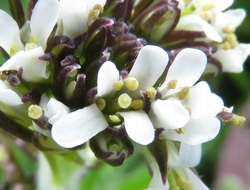 Hairy rockcress, Arabis hirsuta
Hairy rockcress, Arabis hirsuta
 Hairy rockcress, Arabis hirsuta Hairy rockcress, Arabis hirsuta The exciting aspect of macro-photography is not knowing what I've caught until I download images onto my computer and zoom-in on them. Then they reveal pattern and detail I cannot see when I'm taking the picture. On a day like today, with a blustery wind and sunlight blotted out by clouds just as I'm thinking how to show a flower I have to concentrate on the overview and, when the sun appears, on keeping my shadow out of the image and catching the shadows it creates within the flower.. The flower is a composite: try hawkweed, hawksbit, hawksbeard. I was focused on the beauty of the flower and the pattern within it, the interaction of light and shadow. There are days for taxonomy and today was not one of them. A few days ago I came upon a similar flower with identical beetles mating. What beautiful beetles! The limestone grassland of Scout Scar is habitat for this beetle. It is found sitting on flowers of hawkweeds and yellow composites. My Collins British Insects guide points out that the head is completely hidden under the pronotum which is the dorsal surface of the first thoracic segment. Hairy rockcress is an inconspicuous flower but I find it rather lovely. In close up as it awaits pollinators its structures are fascinating. I wonder how the strong winds of the last couple of days affect its chance of finding a pollinator prepared to face wild weather.
0 Comments
Your comment will be posted after it is approved.
Leave a Reply. |
Archives
July 2024
Categories
All
|
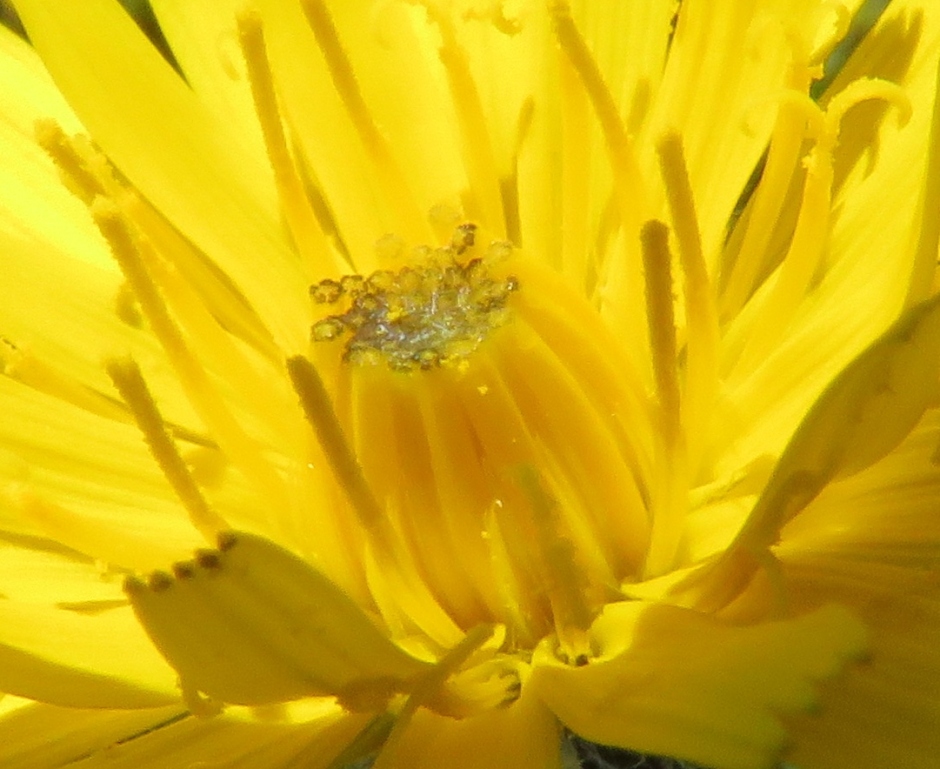
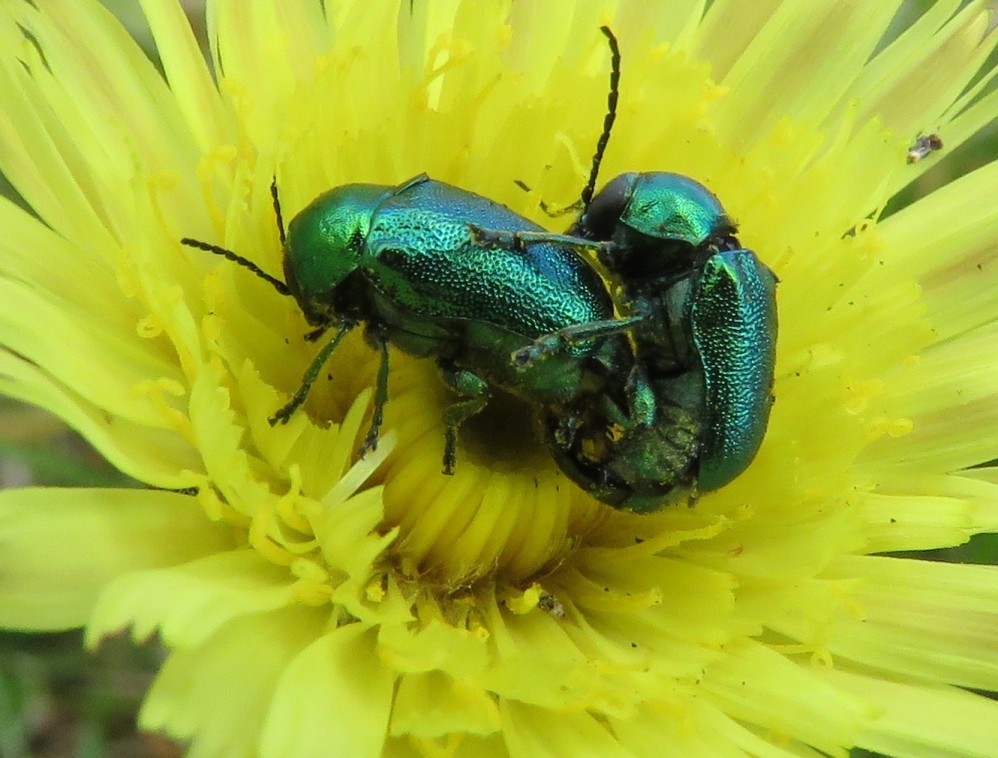
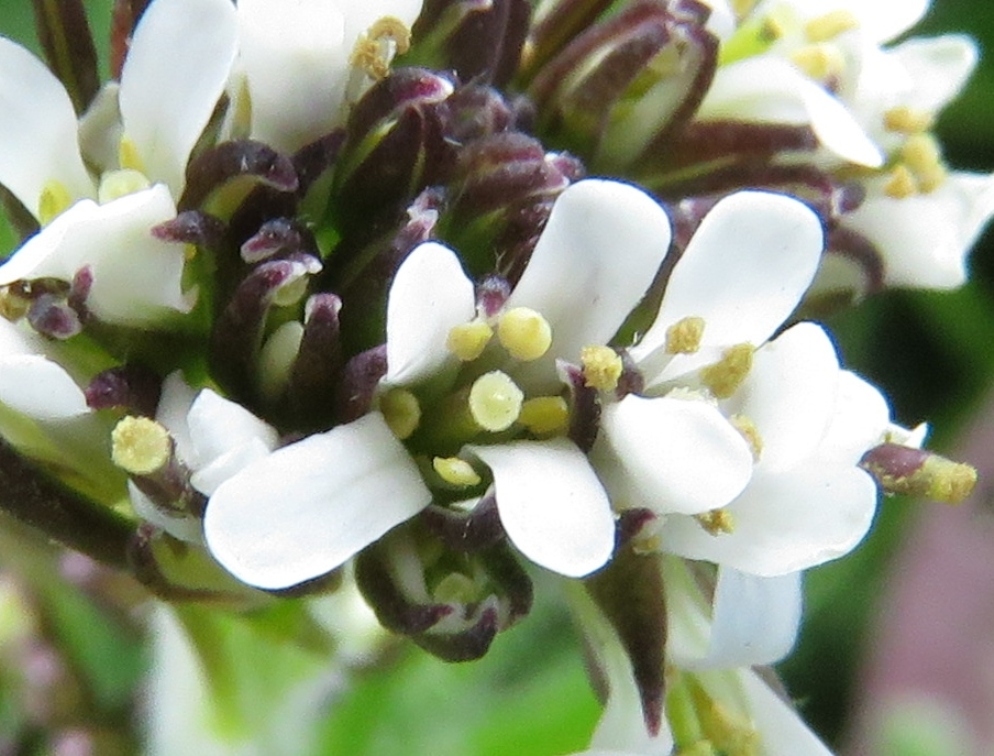
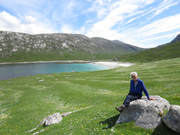
 RSS Feed
RSS Feed